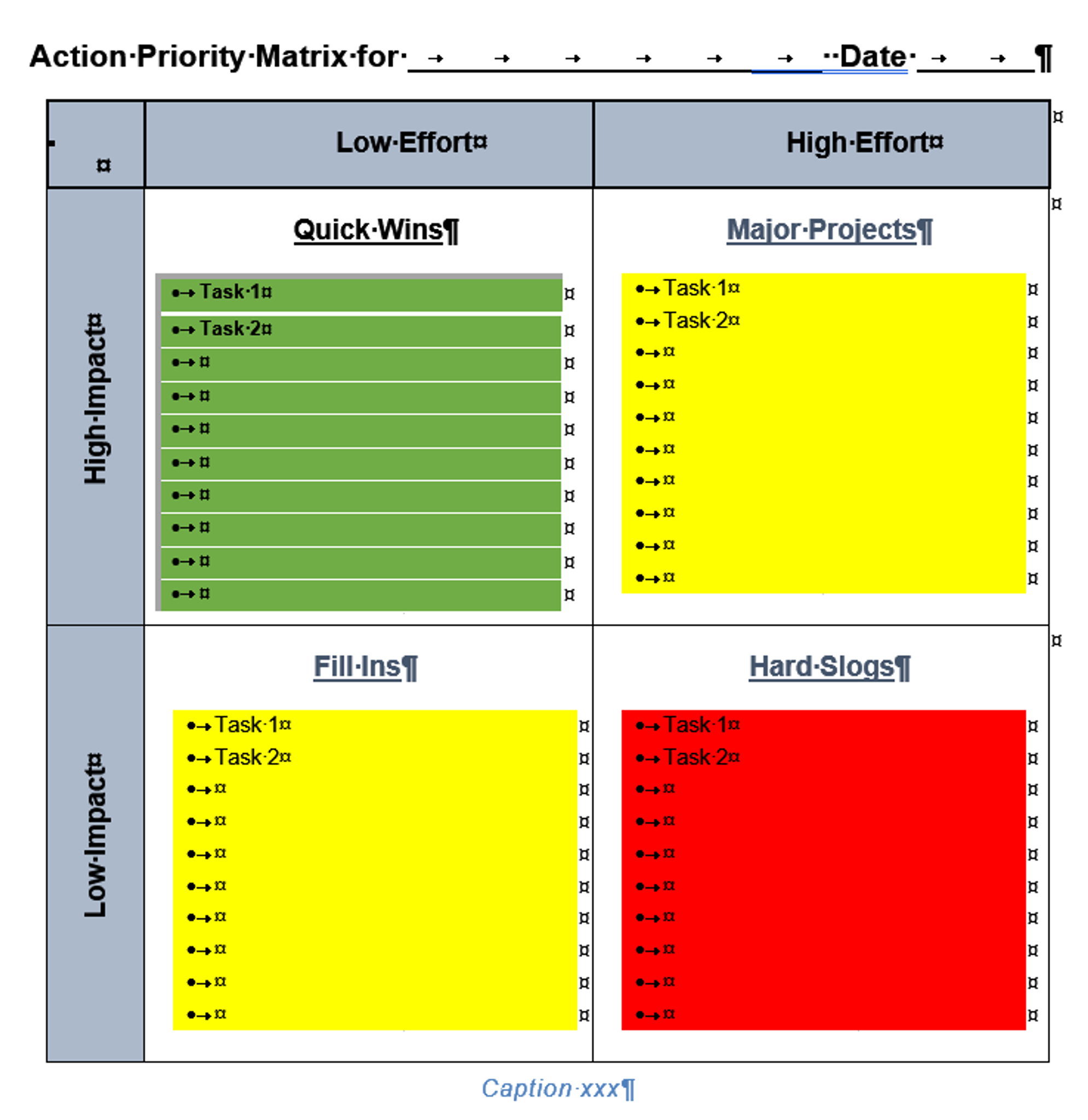

Quadrant III: Not important but urgent => Delegate to someone else.Quadrant II: Important, not urgent => Defer / Schedule when you are going to do it.Quadrant I: Important and urgent => Do right away.This maps nicely onto the four quadrants of the Time Management Matrix: The Time Management Matrix + The 4Ds of Time ManagementĪnother popular time management strategy is the 4Ds of Time Management. You can take care of important things before they become urgent. You now have time for strategic work, for creating good plans, so your efforts are better targeted. It’s neither important nor urgent - why do it at all? Stop idly surfing the web or organizing things that don’t need organizing.Īs you invest the time that you recovered from Quadrants III and IV into Quadrant II (important but not urgent) you will spend less and less time in Quadrant I of the Time Management Matrix. Another common strategy, especially for senior business people, is to delegate these activities to someone else. They are not that important, so maybe it’s all right to just not do them at all. For Quadrant III activities, ask yourself if they need to be done at all. Begin by minimizing Quadrants III and IV. To focus on Quadrant II, you will need to reduce the time you spend in other quadrants. If Quadrant IV (neither important nor urgent) takes up too much of your time, you are basically living irresponsibly and unsustainably. Otherwise, you will develop a short-term focus and your life seems out of your control. Also avoid spending too much time in Quadrant III (urgent but not important). You will have to find a way to handle them in Quadrant II before they become urgent. These things are important, but constantly putting out fires will leave you stressed and at risk for burnout. They let you proactively plan your life instead of just having to react to urgent matters.Īvoid spending too much time in Quadrant I (important and urgent) of the Time Management Matrix. These are the activities that will bring you closer to your goals. Your goal should be to spend as much time as possible in Quadrant II: Important, but not urgent tasks. Finding that perfect filing system although the current one works well.For example:Īctivities in the fourth quadrant are time wasters.

They won’t bring you closer to your goals. They might be necessary, but they aren’t the things that significantly impact your future. These tasks feel important because they are urgent, but they aren’t actually that important. It’s a vicious cycle of focusing on the urgent tasks, not having time to do the important non-urgent task until those become urgent emergency themselves. This is how many people get stuck in a fire extinguisher mode. Finishing the presentation that you are going to hold next month is not urgent today. Note that one and the same task can move from Quadrant II to Quadrant I of the Time Management Matrix just by letting time pass. That presentation that is due next month.But whether you do them now or later does not make much of a difference – provided you do them at all. If you don’t do them it will have a profoundly negative impact. They are important because they bring you closer to your goals or improve your well-being. Many important tasks are actually not that time-critical. Complete your taxes that are due this week.Finish that budget presentation that is due tomorrow.Things that will lead to bad outcomes if ignored. Covey in his book “The 7 Habits of Highly Effective People”. It was most famously popularized by Stephen R. Later these two dimensions, urgency, and importance, were used to create a 2x2 Time Management Matrix. Covey and the Four Quadrants of Time Management It demands focus – takes focus away from other things that might actually be more important. Of all the things you do, how much is urgent? And how much is really important? Important as in “this will help me achieve my long-term goals”. The urgent are not important, and the important are never urgent.” In a speech he once said “I have two kinds of problems, the urgent and the important. Eisenhower was famous for his outstanding productivity. The foundations of the method reach back to US president Dwight D. You can use this matrix to better see where you spend your time and what you should change about it. It categorizes activities by urgency and importance and then maps them onto a 2x2 matrix. The Time Management Matrix (also known as The 4 Quadrants of Time Management, Eisenhower Matrix, or Eisenhower Box) is a time management strategy that helps to prioritize the many tasks and responsibilities that most of us have to handle.


 0 kommentar(er)
0 kommentar(er)
